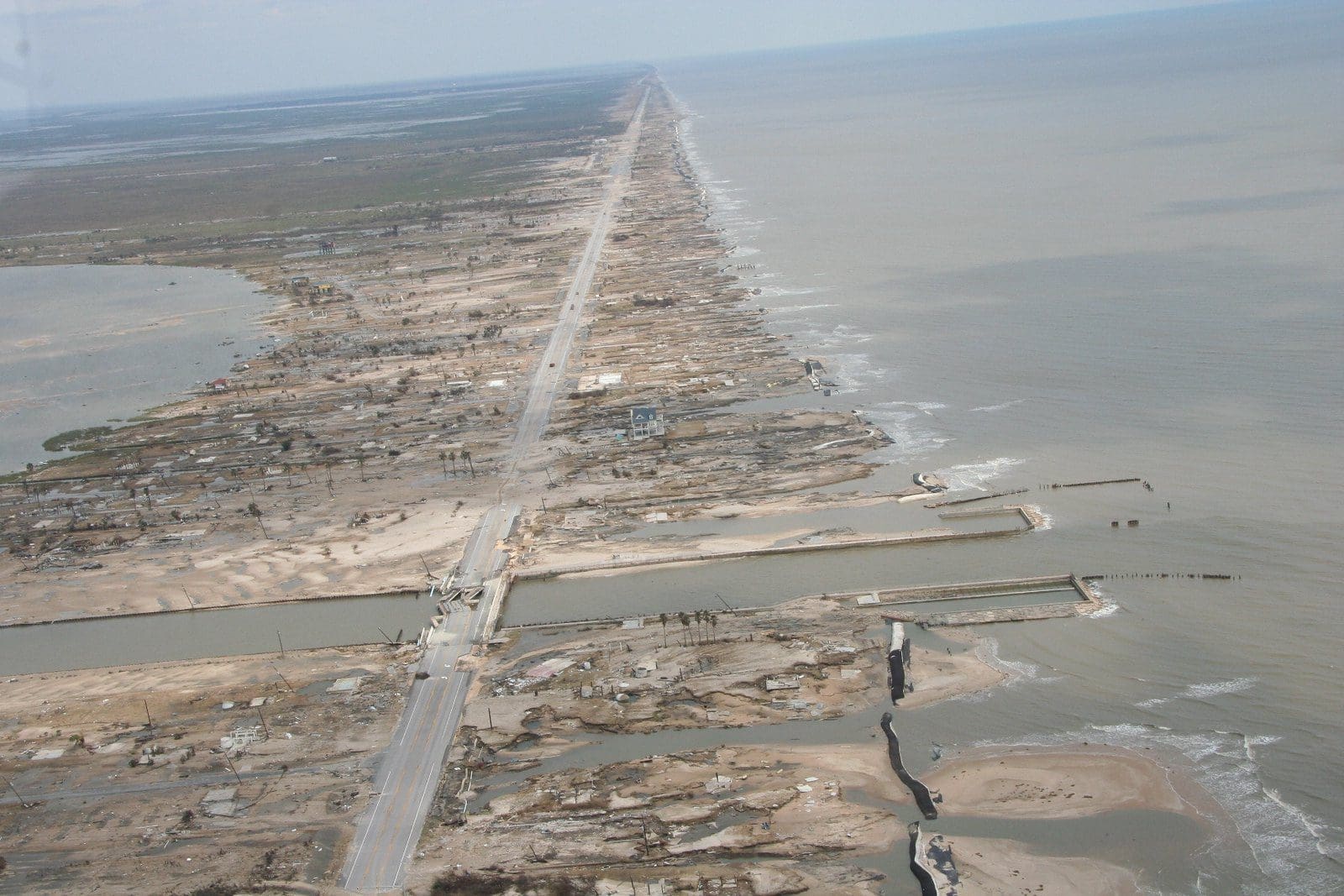On June 8, the U.S. House voted to authorize the U.S. Army Corps of Engineers to plan the building of a massive “Ike Dike” project in Galveston, Texas. Though the project would cost an estimated $31 billion, proponents say it would prevent millions of dollars in damage from future hurricanes.
The idea for Ike Dike was proposed after Hurricane Ike struck the Texas coast in 2008. In 2010, then-Governor Rick Perry expressed support for the idea, which allowed it to gain traction. Support for the project waned until Hurricane Sandy devastated the city of Galveston once again in 2012, after which the community began to raise funds for the project. In 2018 the Army Corps of Engineers expressed its approval of the idea. In 2021, the Texas Legislature gave its official approval for the project.
Construction of the Ike Dike would consist of a concrete gate system spanning the 2-mile gap from Galveston Island to the Bolivar Peninsula.
Texas A&M’s website says, “Before Ike hit … we were looking at possibly a $100 billion hurricane. … This terrible scenario can be prevented.” Similar projects have been implemented in places like New Orleans and the Netherlands to protect their coastlines and minimize the cost and harm of natural disasters.
The project achieves its effectiveness from “minimizing entry of the open-coast storm surge into the west and Galveston Bays, suppressing generation of internal surge.” Since hurricanes that traverse the Gulf of Mexico can generate more damage for other cities, many experts say intercepting the storm at the moment it hits the coast is the best course of action for Galveston and other coastal cities.
However, some environmental activists have begun to question the project’s environmental impact.
“The Texas coast is going to change as we know it forever from this project, if it’s implemented,” said Amanda Fuller, director for the Texas Coast and Water Program at the National Wildlife Federation. “I don’t know that folks have really grasped the scale of the change that they’re going to see.”
The corps’ chief of engineers reported that numerous wetlands and oyster reefs will be affected by the project and will require mitigation to reduce harm.
However, the potential benefit of safety during a hurricane far outweighs the environmental impact to most Americans. U.S Sen. John Cornyn stated, “Given Texas’ critical role in powering our country and facilitating trade, protecting our coast isn’t just a state or local priority—it’s a national imperative.”
The project next approaches the U.S. Senate, where they will vote and decide the fate of the bill.





